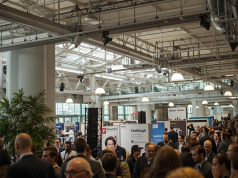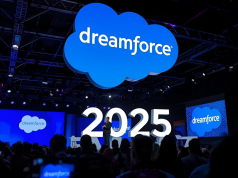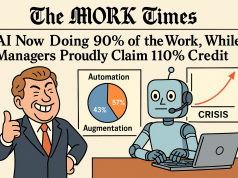In the rapidly evolving landscape of employment, the digital revolution has transposed the job market into an online arena. The familiar, nervous walk into an interview room has been replaced by the click of a link to a video call. As the world grapples with this shift, job seekers are compelled to redefine their approaches to getting noticed, making a great impression, and securing their dream jobs without the benefit of in-person interaction. This transition to virtual job hunting demands not only adaptability but also a strategic reshaping of personal branding and interview tactics.
The first frontier of the virtual job hunt is the creation of a compelling online presence. This digital persona is often the first introduction of a candidate to potential employers. It’s essential to curate professional profiles on platforms like LinkedIn with a detailed summary of skills, endorsements, and a professional photo. Furthermore, candidates should consider a personal website or portfolio that showcases their work, achievements, and testimonials from colleagues.
Mastering the art of video interviews is the next critical step. While similar to their in-person counterparts in structure, virtual interviews have unique nuances. Job seekers should familiarize themselves with the technology ahead of time, ensuring that internet connections are stable, audio and video quality are high, and the background is professional and free of distractions. Practicing with mock interviews can help candidates appear more poised and confident on screen.
Networking in the digital era has also undergone a transformation. Social media platforms are not just for keeping up with friends and family; they are critical tools for job seekers to connect with industry professionals and join relevant groups and discussions. Engaging with content, attending virtual networking events, and reaching out for informational interviews can significantly expand one’s professional circle.
Despite the impersonal nature of screens, applicants can still leave a lasting impression. It’s crucial to maintain professionalism throughout all digital interactions, keep emails concise and error-free, and be memorable by sharing stories and experiences that highlight unique qualifications and personality traits during virtual interviews.
However, there are pitfalls to avoid in the digital job hunt. Overlooking the importance of an online footprint can lead to missed opportunities, while poor video etiquette can be a significant disadvantage. Additionally, failing to follow-up post-interview with a thoughtful message can give the impression of disinterest.
This article, enriched with expert opinions and real-life success stories, aims to arm readers with the knowledge to successfully navigate the virtual job market. From creating an impactful digital presence to conveying charisma on camera, the strategies outlined will help job seekers of The Work Times audience to stand out and make meaningful connections, ensuring their professional advancement regardless of geographical and physical barriers. The future of job hunting is virtual, and with these insights, our readers are poised to tackle it head-on with confidence.


























